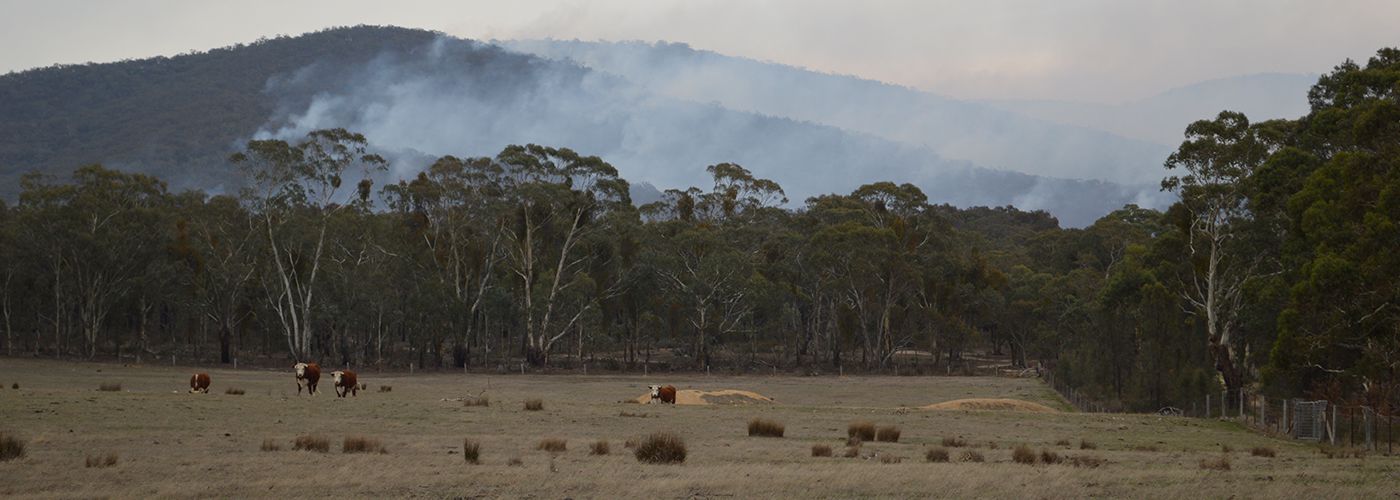Characteristics
- Agriculture, manufacturing and tourism
- High proportion of private land
- Dispersed population
- Public land is fragmented
- Woodlands, forests, grasslands, coasts and sandstone ranges
Fuel management
- Mosaic burning to protect vulnerable species
- Fuel reduction breaks to prevent fires jumping across large forest areas
- Planned burning near communities next to the Grampians National Park where bushfires can create major convection columns
- Working with CFA and landowners to coordinate fuel management

Environmental metrics
Understanding the impact of fire on ecosystems requires first being able to define and measure ecosystem resilience. Tolerable Fire Interval and Vegetation Growth Stage Structure are used as indicators of ecosystem resilience at a regional level. These allow us to better understand ecosystem resilience and the impacts of fire.
Current and historic Tolerable Fire Interval and Vegetation Growth Stage Structures for the Grampians region are available in the Fuel Management Report
Strategic bushfire management planning
Strategic bushfire management planning is about bringing together land and fire managers, communities and stakeholders to develop a common understanding of bushfire risk and determine strategies and actions to reduce that risk.
This planning is informed by world-leading, bushfire behaviour modelling and research into community values that can be affected by bushfires. It brings together multiple perspectives to set agreed objectives for regional bushfire management.
The key output of strategic planning is six new Bushfire Management Strategies aligned to each of the Victorian Government Regions:
Download the Grampians Bushfire Management Strategy (PDF 9.7MB)
Download the Grampians Bushfire Management Strategy (Word Accessible 12MB)
The Strategic bushfire management planning process is jointly delivered by Forest Fire Management Victoria (FFMVic), Country Fire Authority (CFA), Emergency Management Victoria (EMV), and local government in consultation with communities. For more information about the Strategic Bushfire Management Planning process, see the Strategic Bushfire Management Planning page.
Page last updated: 26/09/23